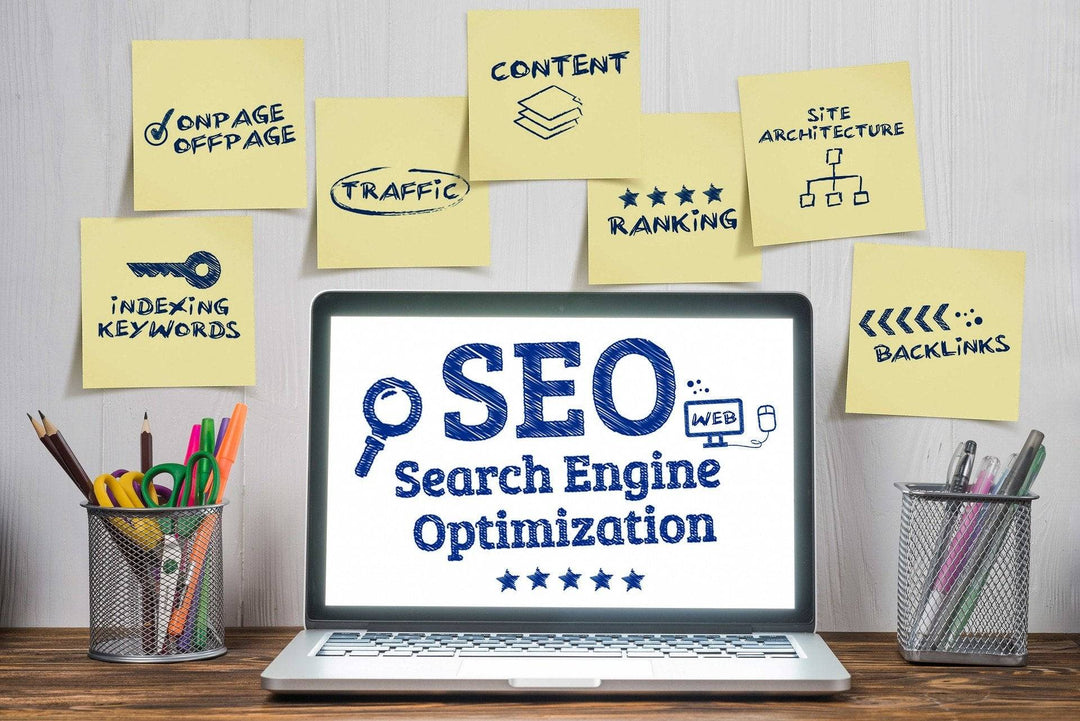Timing is everything in eCommerce. Consumer habits are changing. Today, in the post-pandemic age, people are more driven to online shopping. Reaching the right potential shoppers at the right time is crucial to getting market success.
Streamlining your marketing activities is one of the main things you must do to achieve success. Competition is rising in the market. Every day a new eCommerce business is emerging in nooks and corners of the world. To leapfrog, you need an excellent strategy.

Well, you might have heard about Google Ads. When it comes to eCommerce marketing, nothing can rule out the significance of eCommerce Google Ads. Studies reveal that Google Ads accounts for as much as 18% of all eCommerce revenue. So, understanding the basics and strategies of eCommerce Google Ads is crucial in 2022.
Read More: E-COMMERCE ADVERTISING CHANNELS: THE COMPLETE GUIDE FOR ENTREPRENEURS
Skull Dive: The Basics of Google Ads
Prior to getting into the specifics of our Google Ads eCommerce plans, a little history of the Google Ads ecosystem is necessary. Google Search and Google Shopping are the two primary channels where you may market your items.
Because of its longevity, Google Search Ads is likely the most well-known of the Ads categories. It was Google's primary ad platform, which displayed text advertising when a searcher used terms chosen by the advertiser.
You have greater control over the keywords for which you want your items to be found through search. Google Search advertising also allows for extra content, such as a description to pique the searcher's interest — yet, unlike Shopping advertisements, Search ads are merely text.
Relevant Reading: 9 CRUCIAL REMARKETING CAMPAIGN STRATEGY FOR E-COMMERCE SUCCESS
Unlike Google search ads, Google shopping ads appear at the top of the search results page. That kind of exposure is unbeatable. While Google Search serves your advertising to searchers based on keywords, in Google shopping, your Product Feed determines whether or not your product ranks. This section contains all of the relevant info about your product, such as brands, quantities, sizes, colors, and so on. To target the relevant queries, you'll need to properly refine your Google Shopping data stream.

If you are running an online store, consider how your customer's research and purchasing journey spans out long before they truly consider buying. If you're simply running search advertisements to cover branded searches, you're missing out on a significant chance to optimize your approach. So you should spend the majority of your paid ad budget on a combination of Google Shopping and Google Search advertisements. Participating in both platforms frequently results in increased product visibility throughout the buyer's journey, from research to purchase.
Top Google Ads Campaign Strategies You Must Implement in 2022
1. Branded Search Campaign
Branded search campaigns are those in which paid advertisements appear when someone searches for your branded keywords. The most significant reason for using branded search is to protect your brand from rivals. Branded searches can help you become more flexible with your geo-targeting choices for branded search advertising. Since these folks might be explicitly looking out for your brand, you can be as wide as you want.
If implemented in the right way, a branded search campaign can help you in the following ways:
- Maintain Control Over Your Brand Message
- Take control of your search engine results page.
- Defend Your Brand Against Competitors
- Close Leads from the Lower Funnel
- It's a Relatively Budget-Friendly Option
Recommended Reading: TOP 5 GOOGLE AD MISTAKES TO AVOID

2. Non-Branded Google Ads
Non-branded campaigns are a great way to target clients who would not otherwise have found their way into your marketing funnel. Non-branded initiatives can be the main route for reaching new consumers, but many firms don't understand or realize the benefit of them. Launching non-branded initiatives, when done effectively, will boost the rate at which your client base increases, giving you more opportunities to develop loyal consumers. To outbid your competitors, you must bid on non-branded keywords.
The logic behind non-branded keyword optimization is simple. You don't want your competitors to simply win clients just because you are unwilling to spend money on your branded terms, even though your brand is well-known. In the same way, your competitors will bid on non-branded phrases. Not only are you missing out on potential consumers if you don't bid on relevant non-branded phrases, but you're also allowing new customers to walk in straight through the competition's stores.
Non-branded ads are critical to your PPC strategy if you want to attract new clients and grow your business. If you don't have any non-branded advertisements going right now, use Google's keyword planner to get started.
3. Google Smart Shopping Campaign

People look for what they want. Today's customers are spending a huge amount of time browsing online before they buy. Smart Shopping campaigns will show your items to customers on Google who are looking for what you sell.
What's the best part? You will not be charged unless and until you receive results.
Smart Shopping campaigns employ your product feed data to create relevant advertising on numerous networks, combining regular Google Shopping with the power of display retargeting and automated bidding. This covers Search, Display, YouTube, and Gmail networks, as well as Google partner sites.
With the help of a smart shopping campaign, You can
- Ensure that your items are qualified to appear across all of Google's sites, reaching customers wherever and whenever they search for or consume content.
- Assist clients and visitors in locating your items - both online and in person.
- Help you in drilling down and determining what's working and what isn't. Get competitive information as well to help you improve your product.
4. Dynamic Search Ads
Dynamic search advertising creates ads by matching them to search keywords that are closely linked to the content scanned from your eCommerce website. Ecommerce business owners can choose whether they want their entire website or certain pages analyzed and targeted for adverts. Using categories is now the usual method for creating dynamic search advertising.
Dynamic search advertisements are more effective for eCommerce companies that:
- Have Meaningful Content: The more meaningful the content on your landing pages and website, the better the outcomes.
- Have a Large Inventory: Dynamic search advertising is ideal for eCommerce firms with hundreds of products.
- Have Products That Are Constantly Modified: No one wants to spend many hours each week uploading new content.
5. Google Retargeting Ads for eCommerce

For a long time, Google's Dynamic Remarketing Ads has been assisting eCommerce enterprises. Bringing interested clients back to the website who left without completing a purchase improves sales tremendously. Dynamic retargeting ads help you do this with zero hassle.
eCommerce trends suggest that the industry is becoming more competitive. For business and marketing decision-makers, increasing ROI being higher on the priority list, dynamic remarketing is an added advantage. It allows you to target a variety of customer types including all visitors, visitors to the home page, visitors to a specific collection page, users who visited all products of a specific product type, visitors who searched, people who added products to the cart, visitors who completed a purchase, and users who visited other pages.
Dynamic Remarketing is not the same as Standard marketing. In traditional marketing, visitors are displayed items regardless of what they looked for on their initial visit. Moreover, dynamic remarketing displays the exact product they expressed interest in, getting them to return and purchase it.
Because these advertising alters based on individual users and user activity, rather than taking a chance on attracting them back to the site, this is a far more successful targeting strategy.
Read our case study: BOUNCING TRAFFIC & WASTAGE ON AD SPEND: HOW PODIUM DIRECT TACKLED MANAGERIAL CHALLENGES
Plan Your Google Ad Campaign With Us
There's no denying that getting your internet business off the ground and going is crucial to futureproof your business. It’s difficult to know where to start and what to concentrate on. However, planning your Google Ad strategy is imperative to leap ahead in the ever-evolving eCommerce market.
To learn more about digital marketing kickstarter plans and other eCommerce strategies, get in touch with our experts at eComIntegrate.
[nerdy-form:11564]






Leave a comment